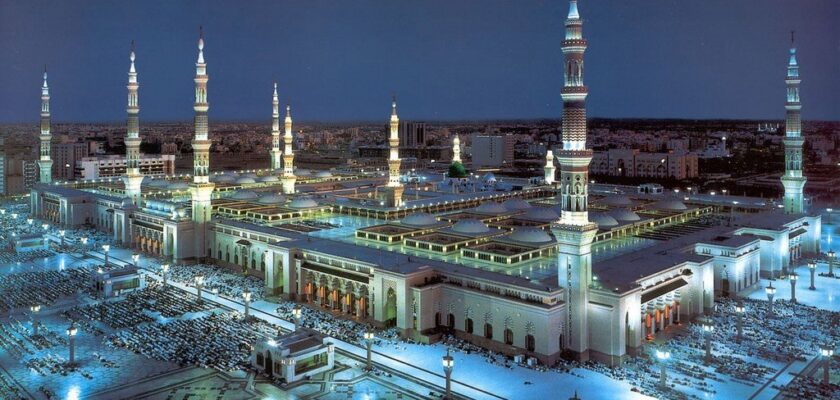Prophet’s Mosque (Masjid al-Nabawi)
The Prophet’s Mosque is one of Islam’s most revered shrines, located in the western Saudi Arabian city of Medina. Masjid al-Nabawi is the burial place of Muhammad and is second only to the Preservation Mosque in Mecca in importance to Muslims.
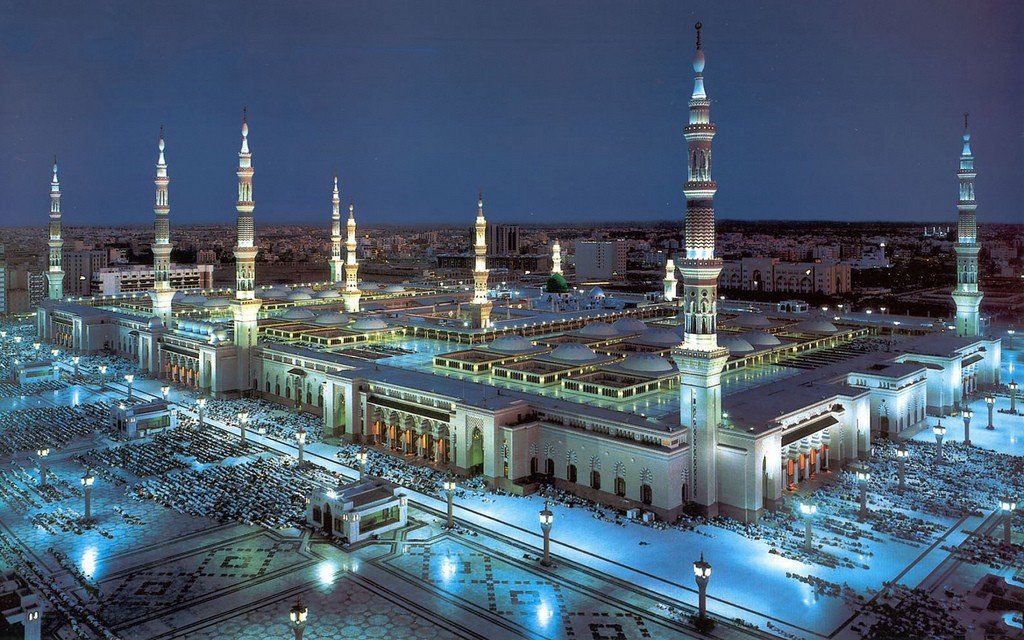
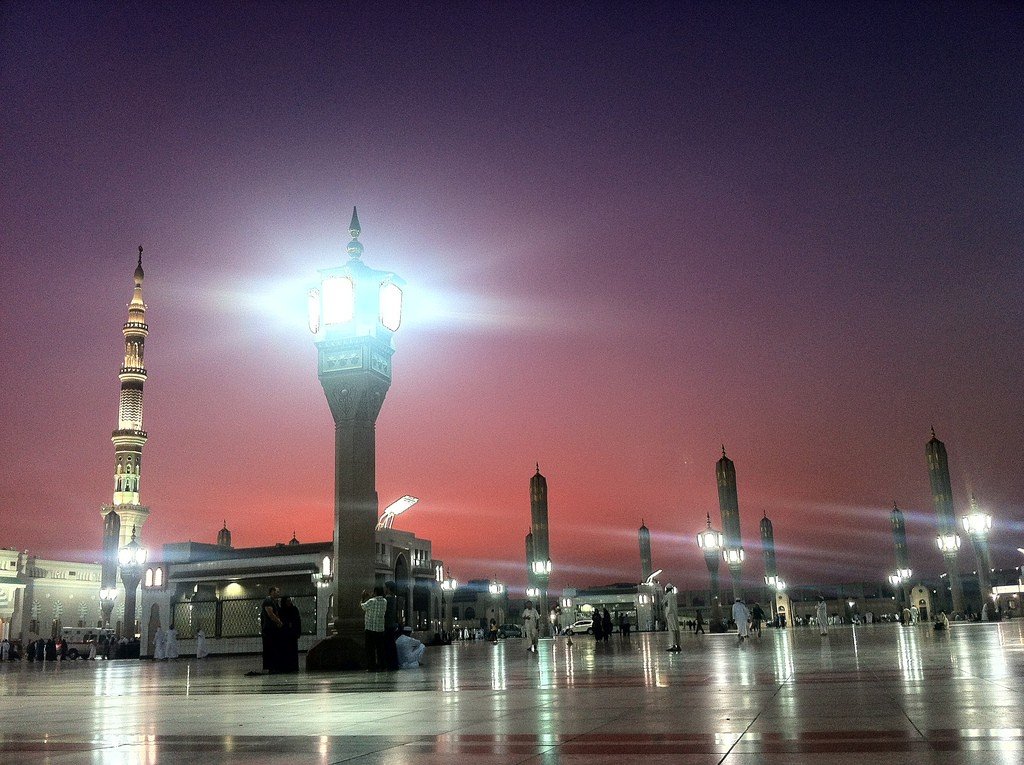
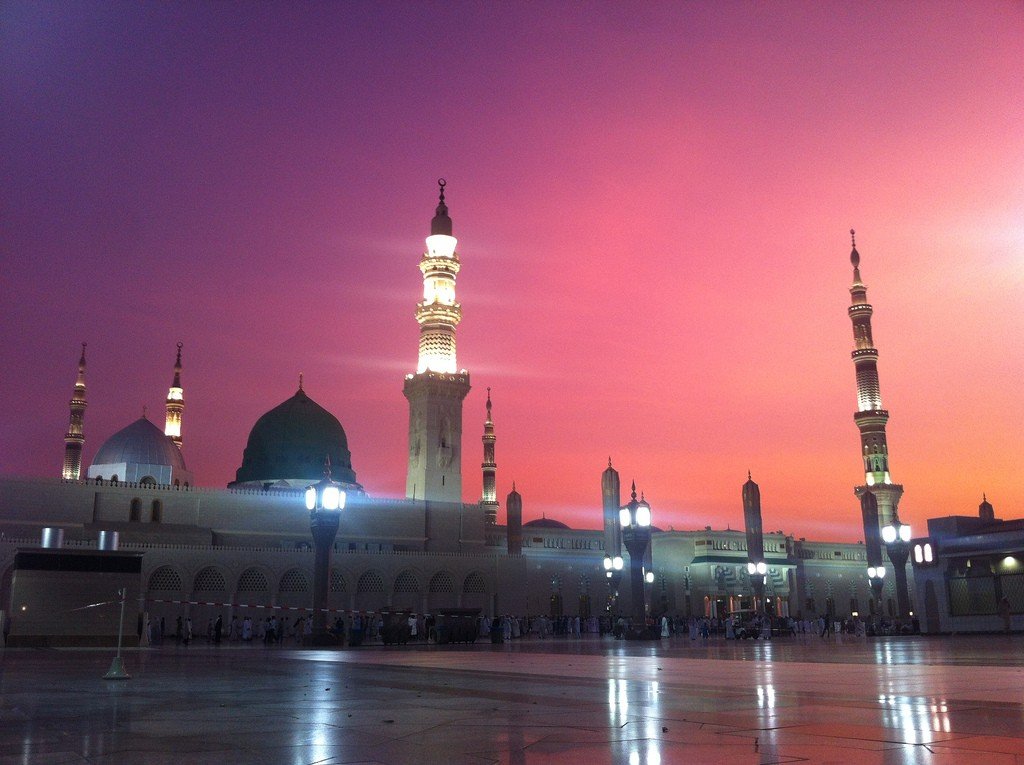
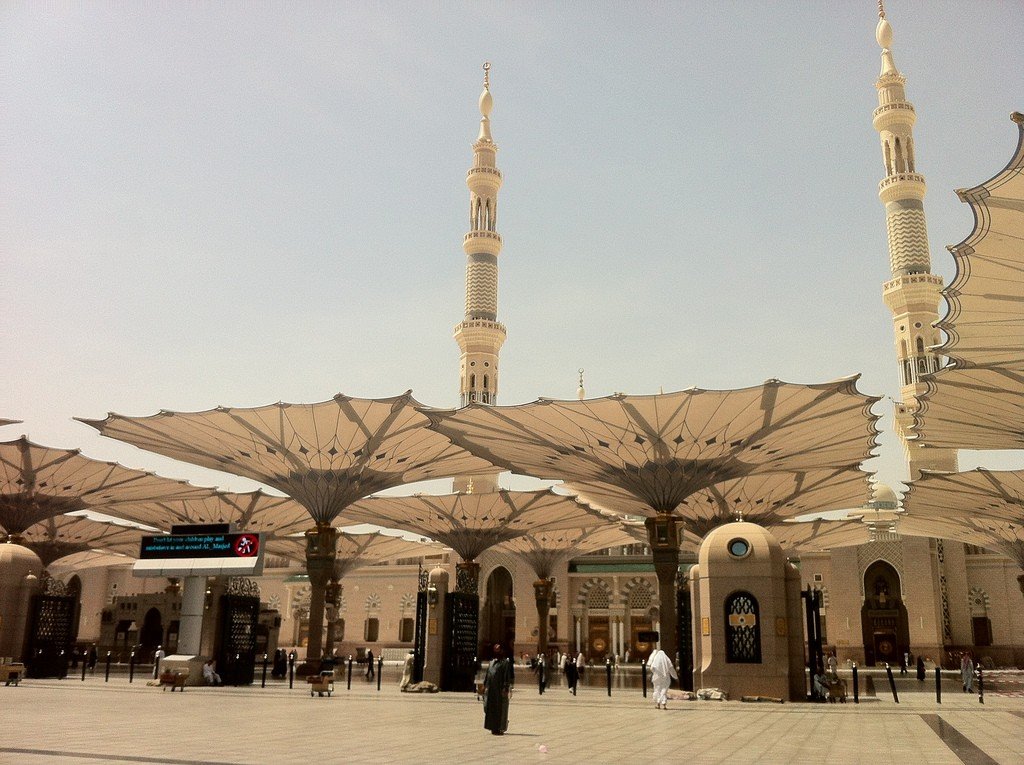
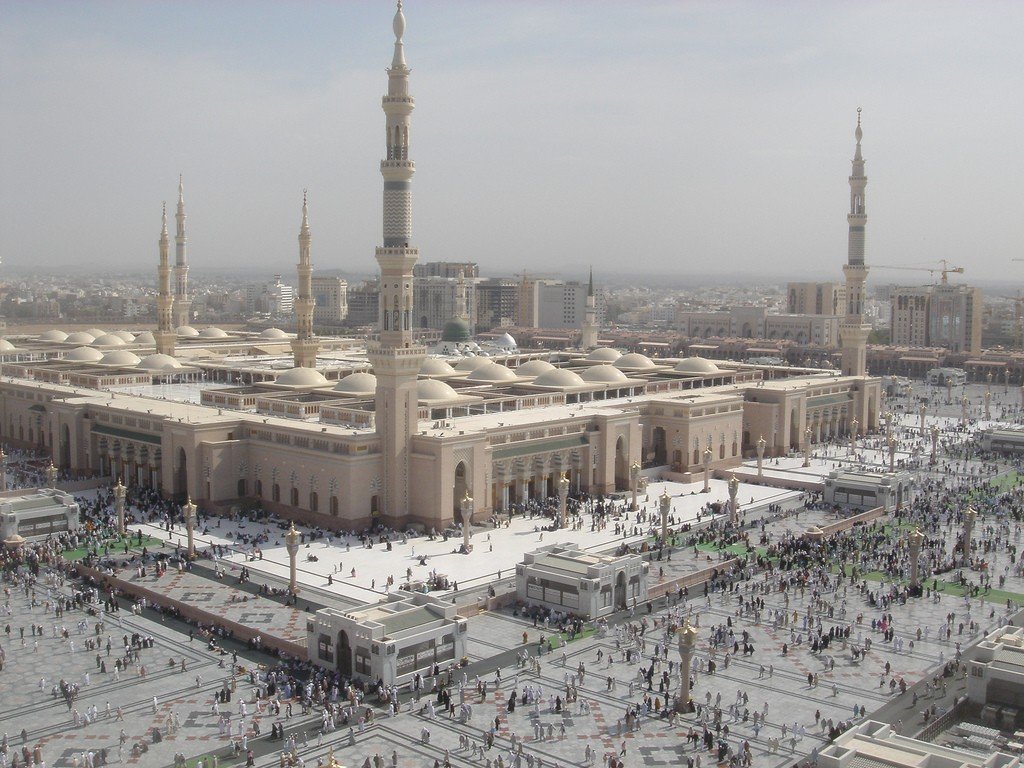
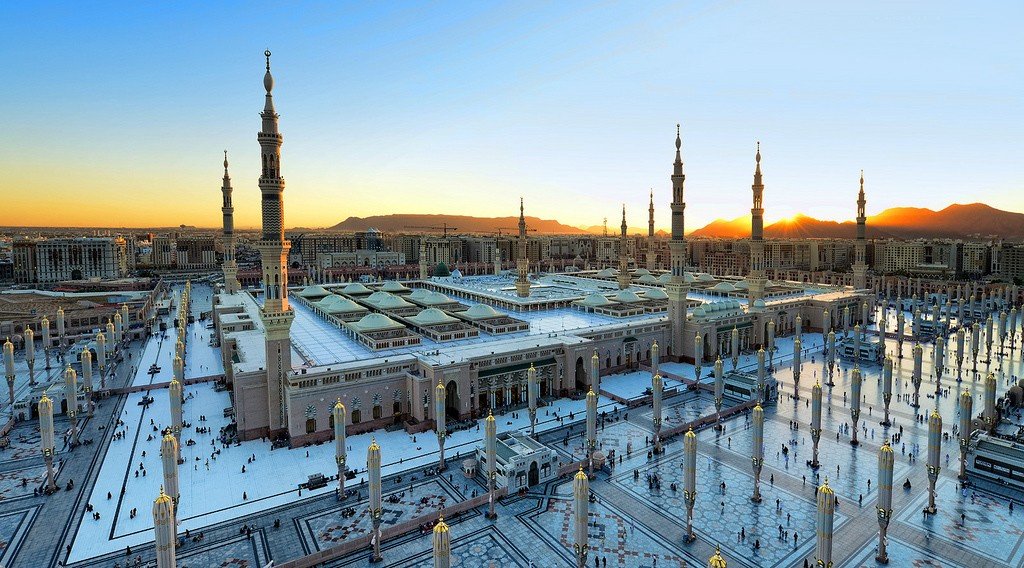
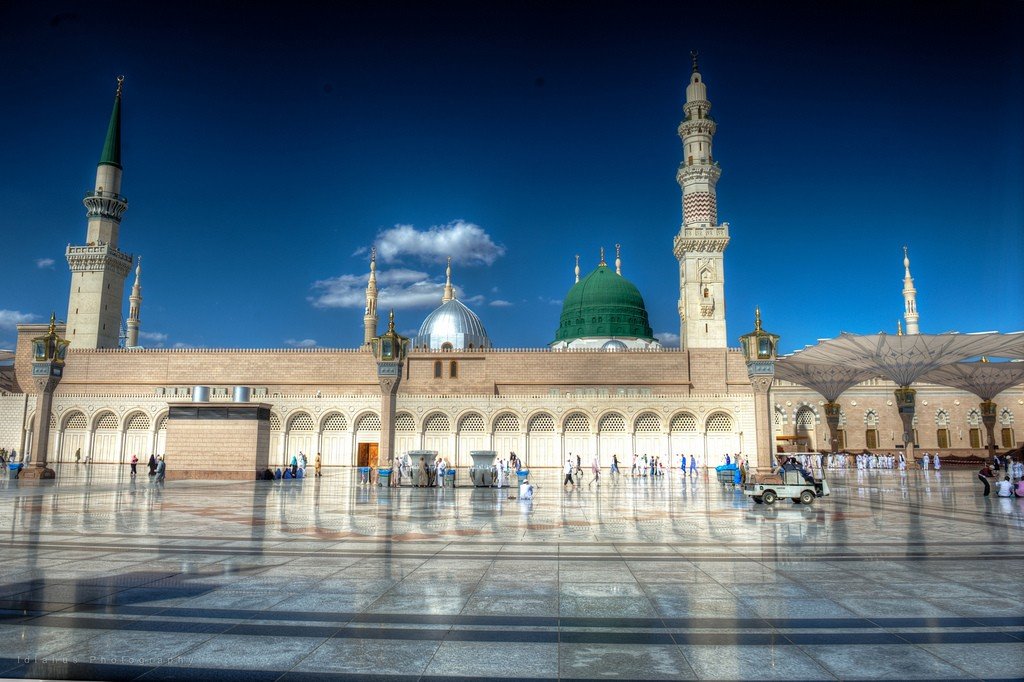
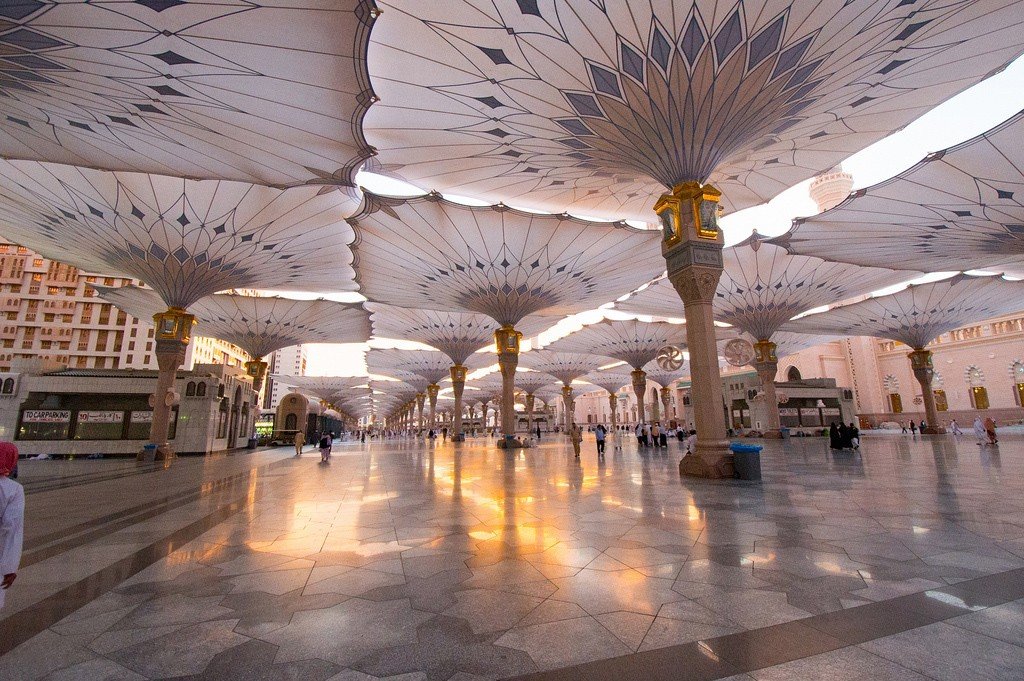
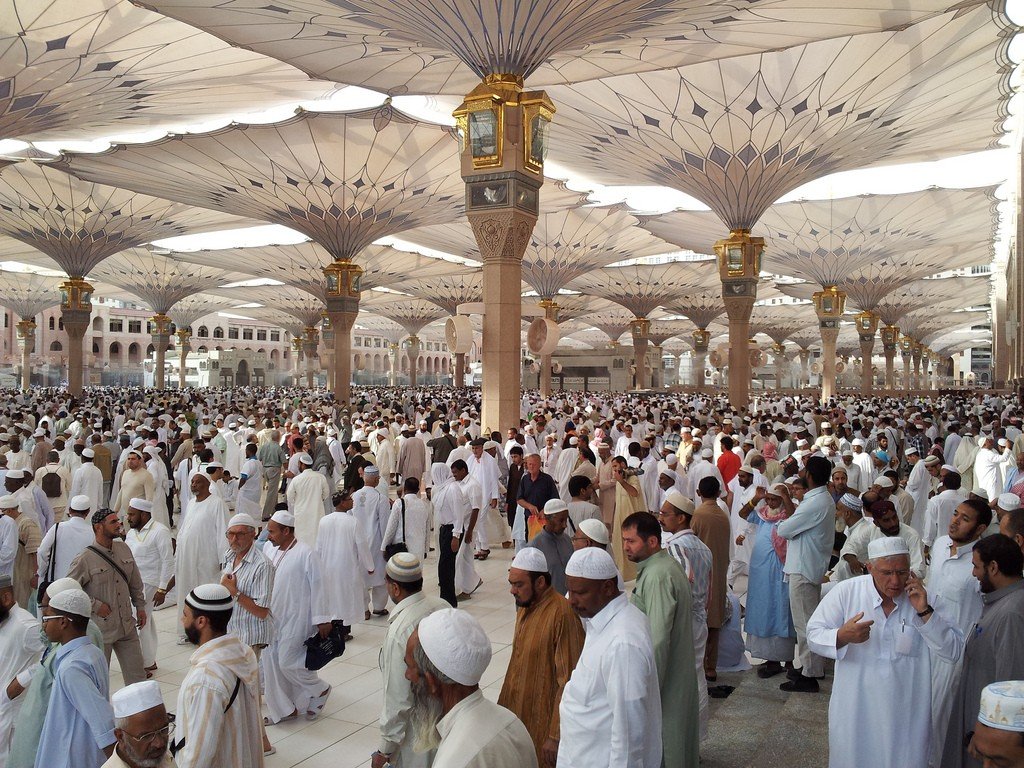
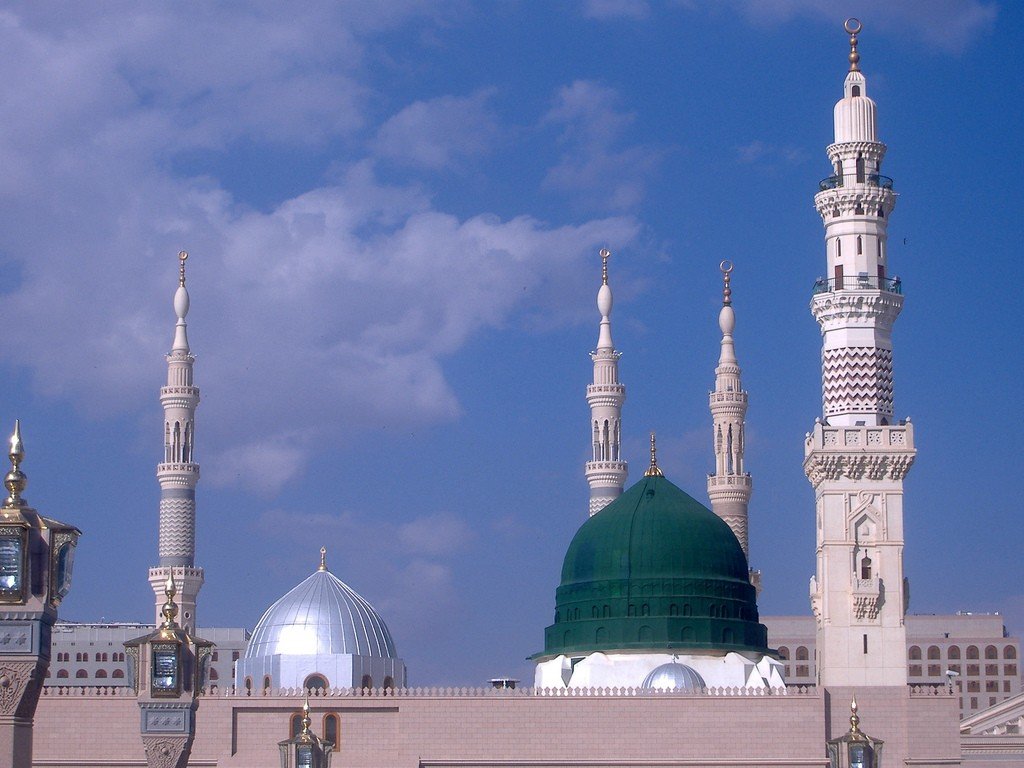
Video: The Prophet’s Mosque
” title=”YouTube video player” frameborder=”0″ allow=”accelerometer; autoplay; clipboard-write; encrypted-media; gyroscope; picture-in-picture; web-share” allowfullscreen>%https://www.youtube.com/embed/p_VthDdwww2I” title=”YouTube video player” frameborder=”0″ allow=”accelerometer; autoplay; clipboard-write; encrypted-media; gyroscope; picture-in-picture; web-share” allowfullscreen>Highlights
It is believed that the first temple on this site appeared during the Prophet’s lifetime – the building was laid in 622. The Prophet’s Mosque has an open rectangular courtyard and corner minarets. It is noteworthy that this principle of layout was later used for all Muslim temples that began to be erected around the world.
.
The Prophet’s tomb is located under the Green Dome. The exact date of construction of this part of the mosque is not known, but mention of the dome can be found in old manuscripts from the 12th century. In addition to the tomb of Muhammad, the Prophet’s Mosque houses the tombs of the first two Muslim caliphs, Abu Bakr al-Siddiq and Umar ibn al-Khattab. Curiously, the green color of the dome acquired 150 years ago, and before that it changed colors several times and was white, purple and blue.
.
The Prophet’s Mosque has always played an extremely important role in the life of the Muslim community. As is customary in Islam, religious rituals were regularly performed here. Students were taught in the temple, a court of law was held, and social gatherings and festivals were held.
.
Each new ruler considered it his duty to contribute to the expansion and improvement of the shrine. In 1910, the Prophet’s Mosque in Medina became the first place in the Arabian Peninsula to utilize electric lighting. The last major renovation of the mosque was funded by the Saudi Arabian government in 1953.
.
Today, Masjid al-Nabawi is a functioning Muslim mosque and a place of mass pilgrimage for followers of Islam from around the world. Muslims believe that a prayer offered here is worth 1000 prayers offered elsewhere. At the same time inside the Prophet’s Mosque can be up to 600 thousand believers, and during the Hajj their number reaches up to 1 million people. It should be borne in mind that only Muslims can visit the mosque.
.Features of architecture
The modern size of the Prophet’s Mosque exceeds the original structure by about a hundred times. Today, Masjid al-Nabawi occupies an area even larger than the entire Old City of Medina.
.
The huge mosque is a true masterpiece of engineering. It has 10 minarets, the height of which reaches up to 105 meters. The floors and walls of the architectural monument are decorated with multicolored marble. Nowadays, the complex includes 27 prayer halls-courtyards, each of which is covered with a sliding dome. All of them are equipped with automatic control systems, and the opening of the domes is almost silent.
.The Prophet’s Mosque is accessed through 89 entrances. It is equipped with an unusual lattice air-conditioning system. Special metal grilles are inserted into the rectangular bases of thousands of columns. Cool air comes here from the air conditioning station located 7 kilometers away from the mosque, so even on the hottest day it is never hot inside.
.In the evenings, the Prophet’s Mosque is beautifully illuminated. The four historic minarets that stand at the corners of Masjid an-Nabawi are brightly illuminated.
.
How to get there
The Prophet’s Mosque is located in the center of Medina. Special buses take pilgrims from Mohammad Bin Abdulaziz and Yanbu airports to the city center.
.
